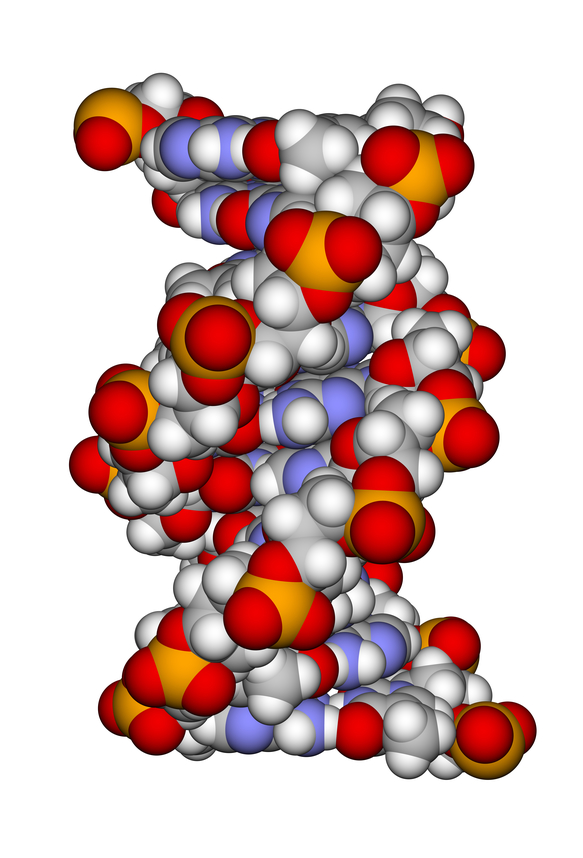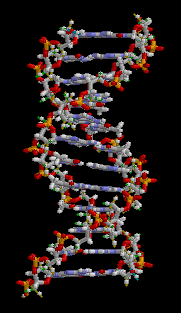Click Chemistry

The artifical metallonucleases (AMNs) discovered at DCU at the core of the ClickGene project are highly original and offer a unique approach for gene therapy compared to all of the existing commercial gene-based therapeutics.
These existing enzymatic nucleases are typically large bio-molecules, and therefore problematic to deliver effectively into cells and tissues. The engineered AMNs used in ClickGene are synthetic hybrids with a considerably smaller footprint. ClickGene seeks to develop a radical new class of site-directed AMNs, using click chemistry, for gene knockout in human cells.
ClickGene will:
- develop artificial metallonucleases (AMNs) that offer a unique mechanism for inducing strand breaks in DNA and RNA compared with the current state-of-art gene editing nucleases found in zinc finger nucleases and TALENs
- utilise cutting edge “click” chemistry to conjugate AMNs to sequence-selective nucleic acid targeting molecules such as zinc finger proteins and triplex forming oligonucleotides which can discriminate epigenetic bases (e.g. methylated and unmethylated sequences)
- fabricate customised liposomal nanoparticle and nanocontainer delivery vehicles to transport targeted AMNs into the nucleus of selected human cells
- produce a unique family of fluorogenic detector molecules that can monitor the presence of epigenetic base modifications in highly parallel PCR matrixes
Gene Therapy

Gene therapy is expected to play a key role in next-generation medicine by correcting the underlying genetic causes of disease, thereby facilitating personalised medicine. As this technology can address a wide range of medical conditions, along with finding substantive application within plant genetics, extensive growth in this sector of the biopharmaceutical and agricultural industry are widely predicted. Thus, to enhance the human understanding and application of gene therapy, highly qualified experts of this field are urgently required.
Furthermore, current gene therapy methods possess undesirable side effects, including insertional mutagenesis, toxicity, low efficiency and off-target cutting. Questions also remain regarding the optimal methods for delivering nucleases into cells and tissues. These limitations will be addressed through the original and innovative approach of the ClickGene network.
Deoxyribonucleic acid (DNA) and ribonucleic acid (RNA) are the basic molecules of life. All organisms use the same genetic language, which is constructed from the four nucleobases adenine (A), cytosine (C), guanine (G), and thymine (T) in DNA and the corresponding ribonucleosides A, C, G, and uracil (U) in RNA. The design of therapeutics that interact specifically with DNA and RNA represents a paradigm shift for modern medicine as this approach allows for precise genetic modifications to correct the underlying causes of many human diseases. As testament to this, this approach has successfully repaired Parkinson’s disease-associated genetic mutations.
